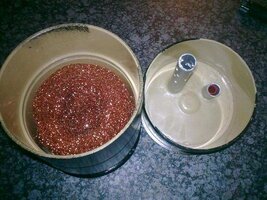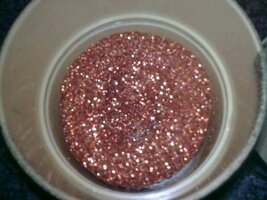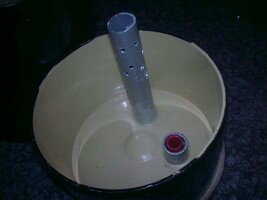
a proper head-boggler with this one then

... I dont think any part of the oiling system on mine could be called sealed...my understanding of it is that it pumps some of the oil to the top and it dribbles back down and lube's things on it's way, the rest of the oiling is taken care of by it being thrown all over the place by the crank...so, it's not really a 'pressurized' system as such.
Pretty much the only way I could see the crankcase being pressurized would be if there were problems with the rings, or the shape of the bore perhaps...is it round or maybe slightly oval ???
*re-think...another way would perhaps be if there were a crack in the head, but it would have to be a big one to pressurize the oil enough to make it climb up the filler tube !

My main suspects for your leak are now the sump pan gasket or the rear crankshaft seal - Theory: When you are testing it and it is stationary the oil is sitting in the sump, below the level of the join. As you drive it the oil is sloshed to the back of the sump pan where it rises up the back of the block, helped by the crank - the resulting rise in pressure at either or both of the seals is forcing the oil through. This may also be amplified if the crankcase is being pressurized through having worn rings - a compression test will answer that bit






